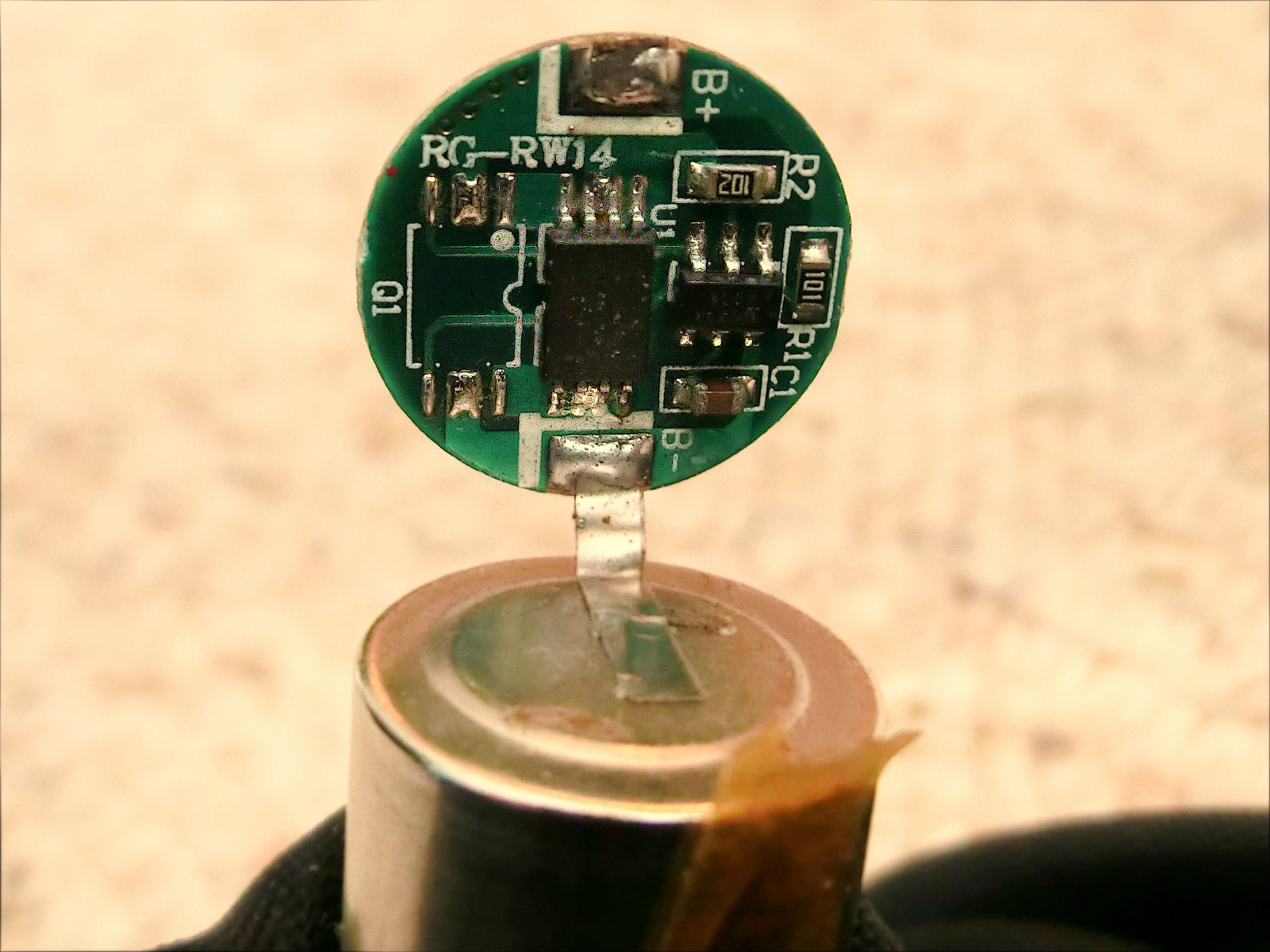The good news is that nearly all batteries you will encounter are going to be 4 2v.
Lithium polymer battery charging tips.
It ll charge it up to 4 2v.
Knowing these simple tips for properly charging your lithium ion batteries will take a long way.
The ideal surface for charging and storing lipo batteries is concrete or ceramic.
The battery charging discharging and storage area should be free from any materials which can catch fire such as wood tables carpet or gasoline containers.
Lithium polymer charging discharging safety information.
Lithium polymer safety tips.
Here is another way to think of the cycle lives of lithium ion polymer batteries.
If a lithium ion battery is discharged below 2 5 volts per cell a safety circuit built into the battery opens and the battery appears to be dead.
The tips of lithium polymer battery charging and discharging.
Lithium or not the care and maintenance must be the same.
If you ever encounter a 4 35v battery you can always use a 4 2v charger.
Typically a full charge is 4 2v per cell.
Assume that the capacity provided by a full discharge is q.
Just as with other kinds of lithium ion cells the voltage of a lipo cell depends on its chemistry and varies from about 2 7 3 0 v discharged to about 4 20 4 35 v fully charged for cells based on lithium metal oxides such as licoo2 and around 1 8 2 0 v discharged to 3 6 3 8.
The original charger will be of no use.
However due to the chemistry of lithium cells there is a possibility of fire if charging is not properly done.
As we mentioned before you must use a proper lithium ion polymer battery charger.
Never overcharge a lipo battery.
Lithium ion batteries have been the preferred type of battery for mobile devices for at least 13 years.
And you can use a 4 2v charger for both lithium ion and lithium ion polymer.
The life of a lithium battery is generally 300 to 500 charging cycles.
Therefore it is equally important to care for your lithium ion batteries the same way you care for a regular car battery.

